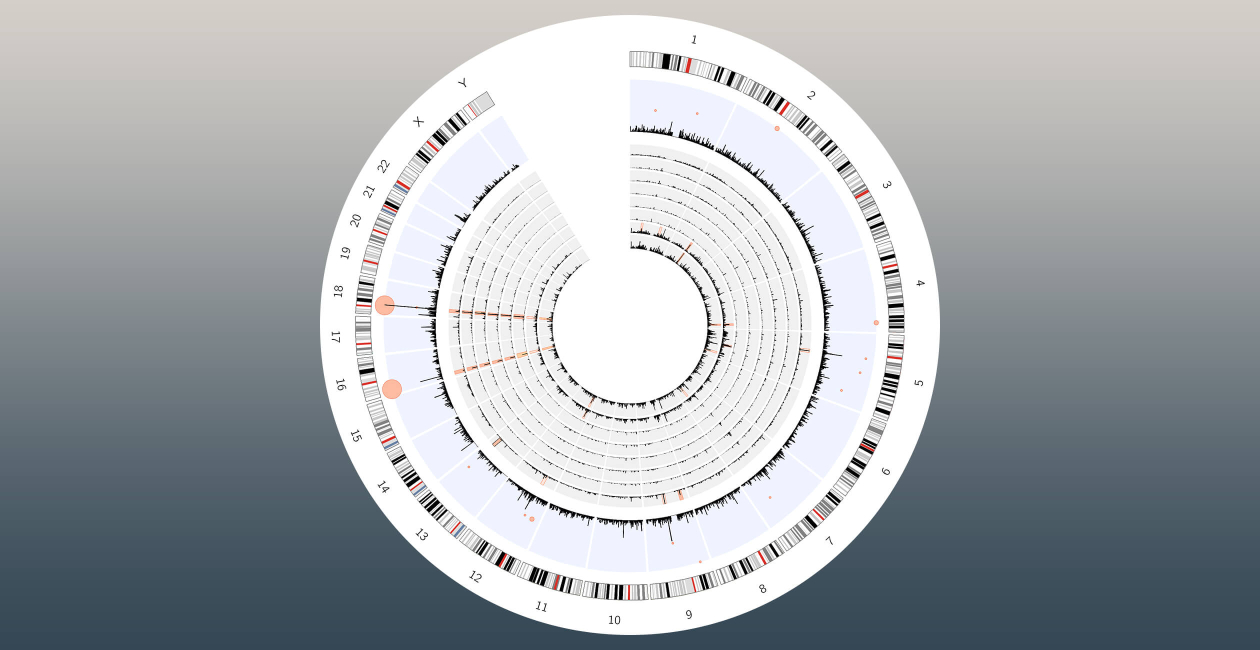The understanding of innate immunity and host defense is incomplete, and there are many mechanisms and components to be discovered. To help in this process, our lab has developed forward genetic techniques using transposon mutagenesis and high throughput gene sequencing, which can be used to probe immune mechanisms in mammalian cells. An important feature of this system is the ability to perform large scale gain- and loss-of-function screens simultaneously across the genome in multiple cell types.
The initial system was validated in a screen for resistance to cytotoxic cancer drugs, but the current focus is in host defense and immunity. We are using this approach to identify mechanisms of resistance to viral infections, with a major focus on Ebola and Influenza viruses. From this screen we are identifying genes that confer resistance to virus entry or replication, with the ultimate aim of identifying or developing drugs that could be used to prevent viral infection.
The genetic studies have revealed mechanisms of cell trafficking that are hijacked by these pathogens. Using multiple microscopy techniques, including confocal, live imaging, high-throughput, and Virtual Reality, we are able to precisely localize the pathogen and the reorganization it induces. Understanding these mechanisms is essential to developing new treatments for related autoimmune diseases or infections.

Additional Research Projects

Distinguishing Pathogens from Self
Regulation Of Immune Responses




